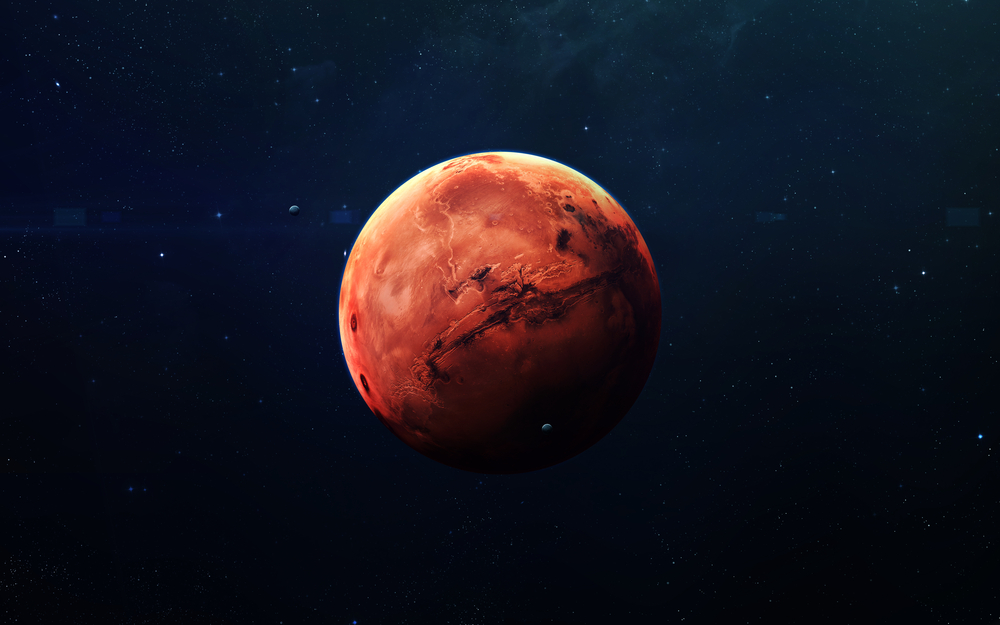If you’re a night sky fan, June is serving up something special. Mars is putting on a celestial show, cruising past a bright star and cozying up near the moon. Whether you’re a seasoned stargazer or just looking for a reason to step outside after dark, this rare alignment is easy to spot with the naked eye. Here’s exactly when, where, and how to catch Mars as it makes its stunning June appearance. No telescope needed, just a clear sky and a little timing.
When and Where to Look for Mars This June
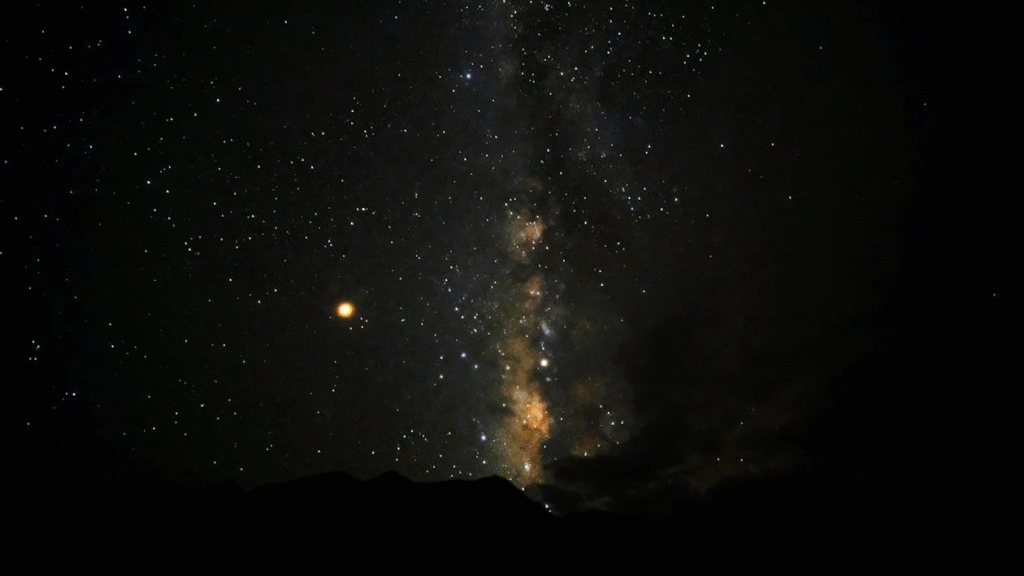
Mars will be a morning object throughout June, slowly brightening and climbing higher each day before sunrise. You’ll need to look eastward in the early hours, ideally between 4 a.m. and 5:30 a.m., depending on your location. The Red Planet will be visible near the horizon, gradually inching its way toward a close visual pairing with one of the brightest stars in the sky. This makes early June a perfect time to catch it before daylight washes it out.
Which Bright Star Is Involved in the Conjunction?
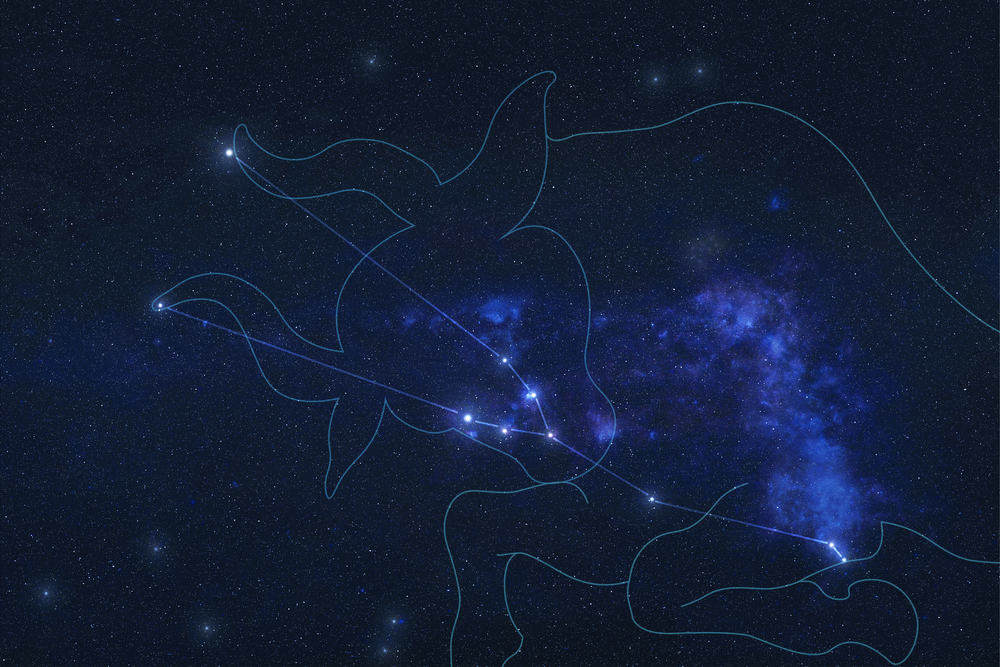
The bright star Mars is moving toward is Aldebaran, the reddish-orange eye of the constellation Taurus. Often mistaken for Mars due to its hue, Aldebaran shines brightly in the sky and is a prominent guidepost for amateur stargazers. This month, you’ll be able to spot the actual Mars right next to it, making for a striking double display of red-hued brilliance. The two will be closest around June 17, appearing less than 2 degrees apart.
When Mars and the Moon Align for Their Stunning Encounter
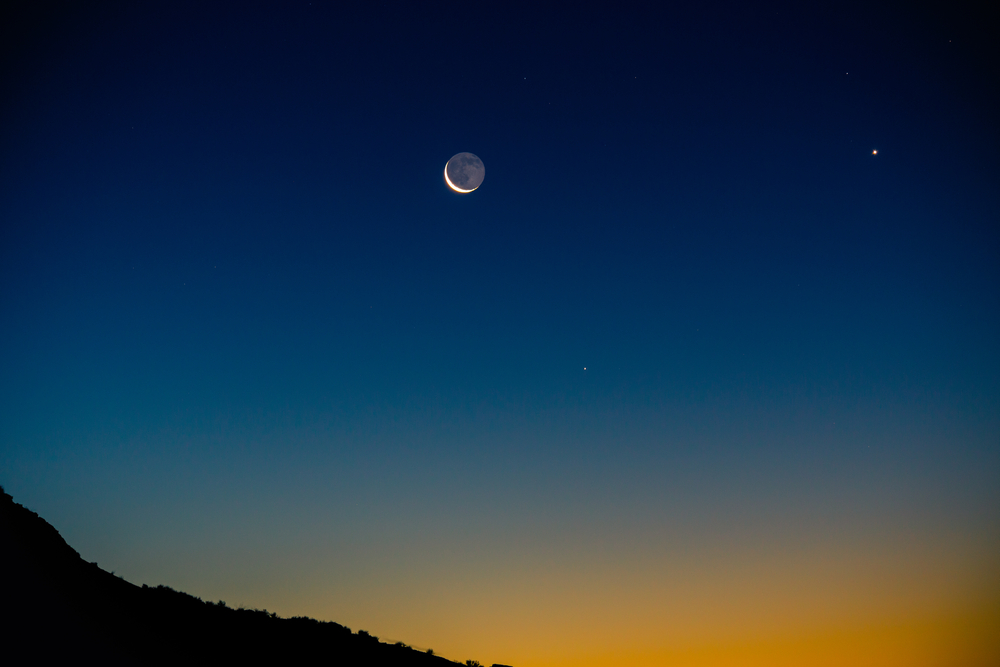
On June 3, the waning crescent Moon will pass close to Mars in the early morning sky. This close approach offers a beautiful and rare photo opportunity. With a clear view of the eastern horizon and minimal light pollution, both the Moon and Mars will appear nestled together before dawn. You may even notice the dim glow of Earthshine on the Moon’s dark side, enhancing the ethereal quality of the scene. A tripod-mounted camera or a good pair of binoculars can bring out impressive detail.
Best Time to See All Three in One Sky
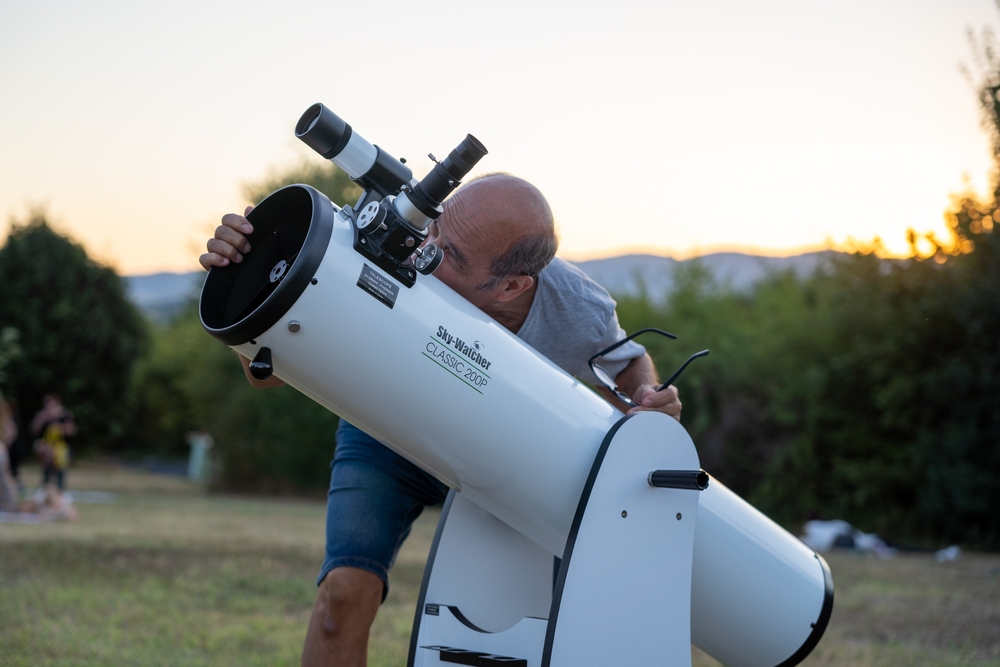
To see Mars, Aldebaran, and the Moon in the same sky, aim for the first week of June. The ideal viewing date is June 3, when the Moon and Mars are in conjunction, and Aldebaran hovers nearby. From June 1 to June 5, you can watch the trio shift in position each morning. By mid-month, the Moon will have moved on, but Mars and Aldebaran will appear closest around June 17, offering another spectacular pairing for skywatchers.
What Equipment Do You Need to Watch This Sky Event?
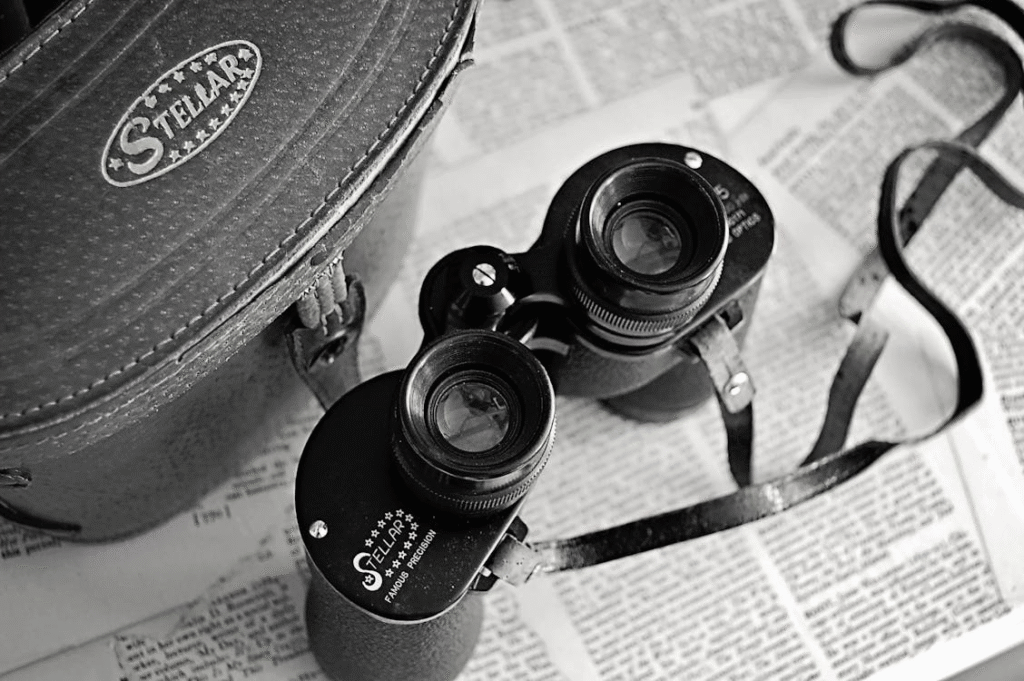
You do not need a telescope to enjoy this event. Mars, Aldebaran, and the Moon are all visible to the naked eye under good conditions. However, binoculars will enhance the experience, especially for separating Mars from Aldebaran when they’re close. If you do use a telescope, you might spot Mars as a small disk, while Aldebaran remains a point of light. This contrast highlights the difference between a planet and a star. A star tracker or a skywatching app like Stellarium can also help you pinpoint their exact positions.
Read More: Astronomers Stunned as ‘Sleeping’ Galaxy Erupts with Activity
Why This Conjunction Is Worth Watching

Conjunctions like this are visually striking and scientifically fascinating. They offer a rare chance to appreciate the dynamic movement of celestial objects. Seeing Mars and Aldebaran side by side is especially intriguing because both have a reddish tint, but only one is a planet reflecting sunlight, while the other is a distant star radiating its own. Their temporary alignment offers a tangible sense of the cosmos in motion and is a reminder that even the seemingly still night sky is constantly changing.
How to Photograph the Mars, Moon, and Aldebaran Conjunction
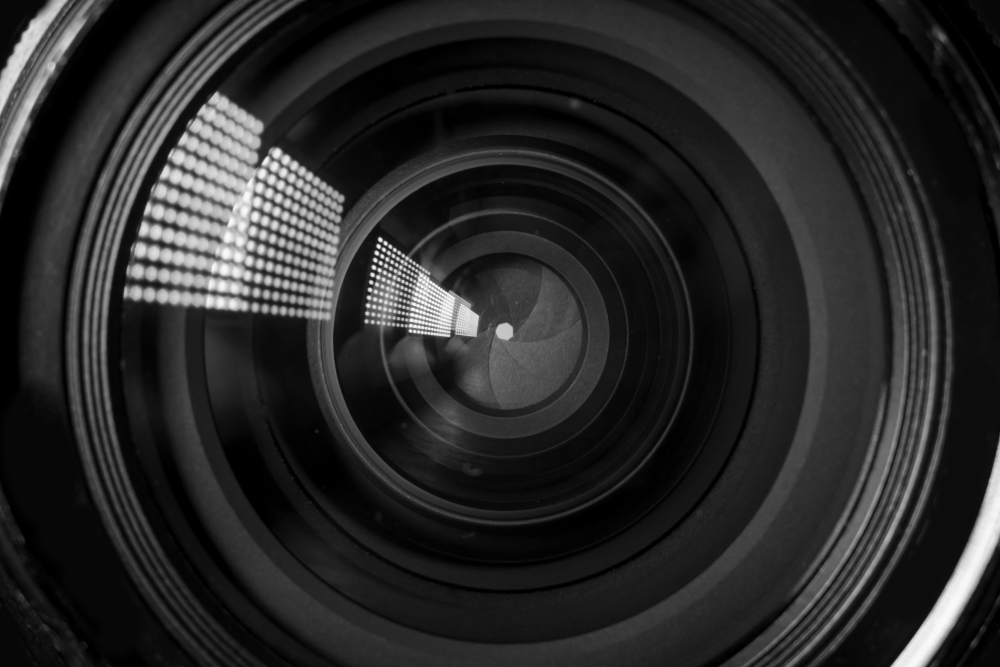
To capture this event, use a DSLR or mirrorless camera on a tripod with a wide-angle lens. Set a low ISO to reduce noise and use a shutter speed between 5 and 20 seconds depending on your light pollution. If your camera allows, adjust the white balance to bring out the natural reds and blues of the sky. Try taking several shots just before dawn for the best lighting. Apps like PhotoPills can help you plan the composition in advance, especially if you want to line up a landmark beneath the conjunction.
What Skywatchers Should Expect in Late June
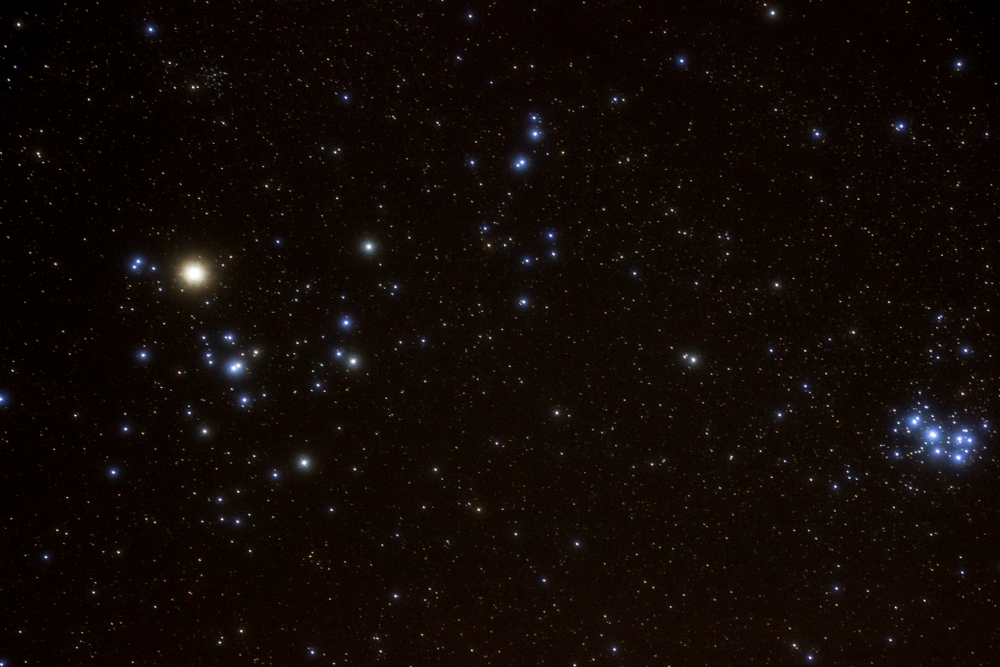
After Mars and Aldebaran’s close pass in mid-June, Mars will continue to brighten and climb higher in the pre-dawn sky. By the end of the month, it will be easier to spot even without Aldebaran nearby. The Moon will return to the morning sky in its new cycle, setting up more celestial alignments in July. For anyone tracking planetary movements, June offers a rare and rewarding glimpse of orbital mechanics at work.
Other Celestial Events to Watch This Month
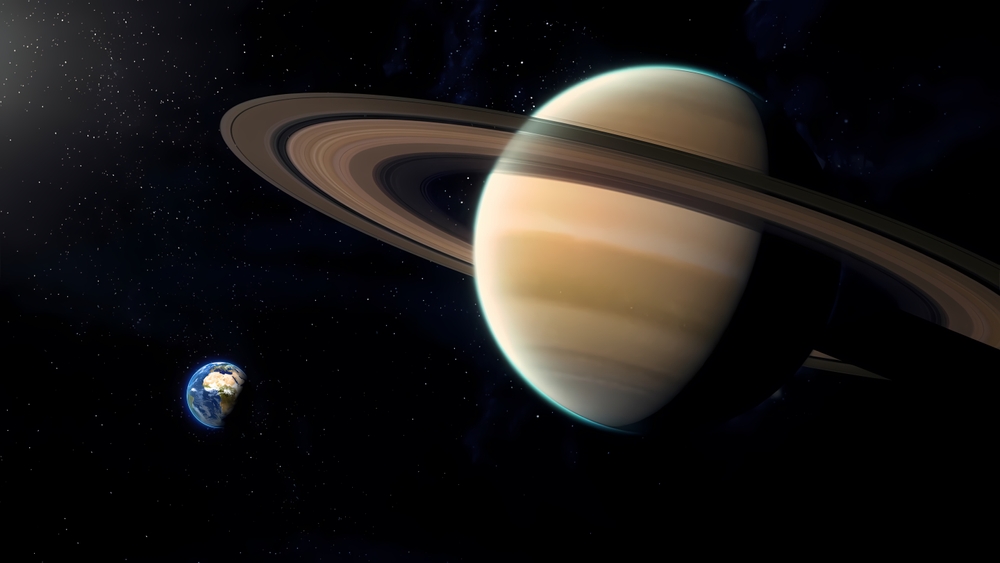
In addition to Mars’ conjunction with Aldebaran and the Moon, June features several other treats. Saturn rises earlier this month, making it a visible companion in the southeast before sunrise. Venus is absent from the evening sky but will return later in the year. Keep an eye out for summer constellations like Leo and Virgo, which dominate the eastern sky in the early mornings. June 21 marks the summer solstice, the longest day of the year, and a seasonal turning point for night sky viewing.
Final Thoughts on This Stunning Mars Event
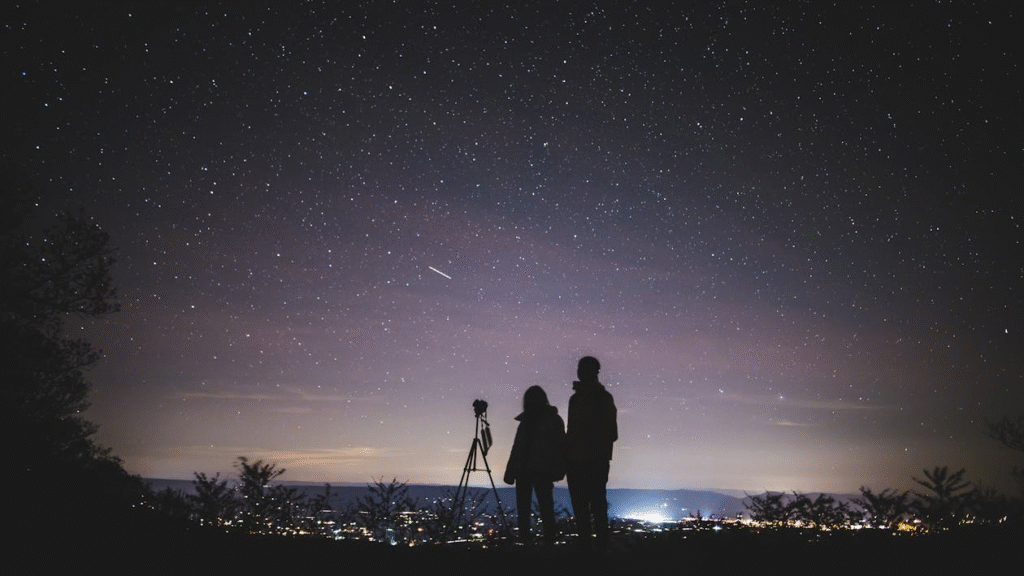
Whether you’re a seasoned skywatcher or a curious first-timer, June’s Mars conjunction is worth setting an early alarm for. Watching the Red Planet approach a fiery star like Aldebaran, and pairing with the Moon, reminds us how beautifully choreographed our universe really is. With minimal gear, a clear sky, and a bit of patience, you can witness a celestial dance that won’t repeat quite like this again soon.
Watching Mars glide past a bright star and nestle beside the moon is a reminder of how magical the night sky can be. Events like this do not happen every month, so take a moment to look up this June. With just your eyes and a bit of patience, you’ll catch one of the simplest, most awe-inspiring shows the cosmos has to offer.
Read More: 32 Sci-Fi Worthy Alien Planets That Actually Exist
Disclaimer: This article was created with AI assistance and edited by a human for accuracy and clarity.
